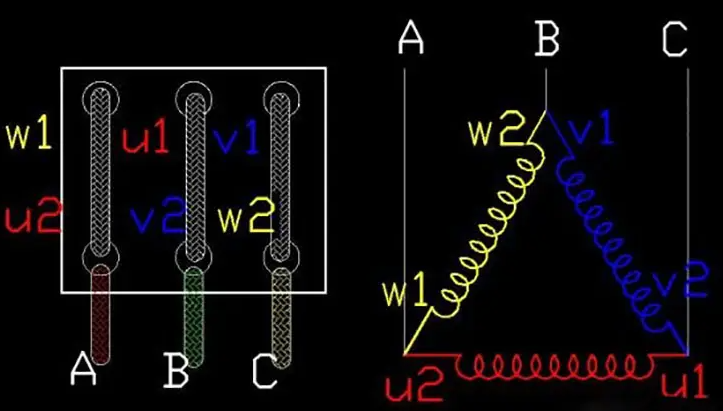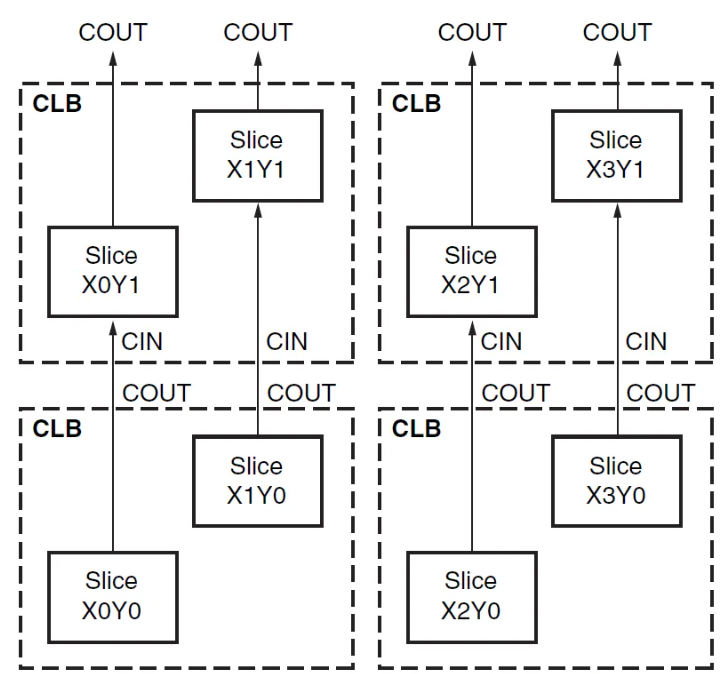- 07
- Jul
How to choose the corresponding components is beneficial to the design of circuit board?
How to choose the corresponding components is beneficial to the design of circuit board?
1. Choose components that are beneficial to packaging

In the whole schematic drawing stage, we should consider the decisions of component packaging and pad pattern that need to be made in the layout stage. Here are some suggestions to consider when selecting components based on component packaging.
Remember, the package includes the electrical pad connection and mechanical dimensions (x, y and z) of the component, that is, the shape of the component body and the pins connecting the PCB. When selecting components, you need to consider any possible installation or packaging restrictions on the top and bottom layers of the final PCB. Some components (such as polar capacitance) may have height clearance restrictions, which need to be considered in the component selection process. At the beginning of the design, you can draw a basic outline shape of the circuit board, and then place some large or location critical components (such as connectors) that you plan to use. In this way, you can visually and quickly see the Virtual Perspective of the circuit board (without wiring), and give relatively accurate relative positioning and component height of the circuit board and components. This will help ensure that the components can be properly placed in the outer packaging (plastic products, chassis, frame, etc.) after PCB assembly. Call the 3D preview mode from the tool menu to browse the whole circuit board.
The pad pattern shows the actual pad or via shape of the soldered device on the PCB. These copper patterns on PCB also contain some basic shape information. The size of the pad pattern needs to be correct to ensure correct welding and the correct mechanical and thermal integrity of the connected components. When designing PCB layout, we need to consider how the circuit board will be manufactured, or how the pad will be welded if it is manually welded. Reflow soldering (flux melting in a controlled high-temperature furnace) can handle a wide range of surface mount devices (SMD). Wave soldering is generally used to solder the back of the circuit board to fix the through-hole devices, but it can also handle some surface mounted components placed on the back of the PCB. Usually, when using this technology, the underlying surface mount devices must be arranged in a specific direction, and in order to adapt to this welding method, the pad may need to be modified.
The selection of components can be changed in the whole design process. Early in the design process, determining which devices should use electroplated through holes (PTH) and which should use surface mount technology (SMT) will help the overall planning of PCB. Factors that need to be considered include device cost, availability, device area density and power consumption, etc. From the manufacturing point of view, surface mount devices are usually cheaper than through-hole devices, and generally have higher usability. For small and medium-sized prototype projects, it is best to choose larger surface mount devices or through-hole devices, which is not only convenient for manual welding, but also conducive to better connecting pads and signals in the process of error detection and debugging.
If there is no ready-made package in the database, it is generally to create a customized package in the tool.
2. Use good grounding methods

Ensure that the design has sufficient bypass capacitance and ground level. When using integrated circuits, make sure to use a suitable decoupling capacitor near the power end to the ground (preferably the ground plane). The appropriate capacity of the capacitor depends on the specific application, capacitor technology and operating frequency. When the bypass capacitor is placed between the power supply and ground pins and close to the correct IC pin, the electromagnetic compatibility and susceptibility of the circuit can be optimized.
3. Assign virtual component packaging
Print a bill of materials (BOM) for checking virtual components. Virtual components have no related packaging and will not be transferred to the layout stage. Create a bill of materials and view all virtual components in the design. The only items should be power and ground signals, because they are considered as virtual components, which are only specially processed in the schematic environment and will not be transmitted to the layout design. Unless used for simulation purposes, the components displayed in the virtual part should be replaced by components with packaging.
4. Make sure you have complete bill of materials data
Check whether there is sufficient and complete data in the bill of materials report. After creating the bill of materials report, it is necessary to carefully check and supplement the incomplete information of devices, suppliers or manufacturers in all component entries.
5. Sort according to component label

In order to facilitate the sorting and viewing of the bill of materials, ensure that the component labels are numbered consecutively.
6. Check the redundant gate circuit
Generally speaking, the input of all redundant gates should have signal connection to avoid the input end hanging. Make sure that you check all redundant or missing gates and that all inputs that are not wired are completely connected. In some cases, if the input is suspended, the whole system will not work correctly. Take double operational amplifiers, which are often used in design. If only one of the two-way op amp IC components is used, it is recommended to either use the other op amp, or ground the input of the unused op amp, and arrange a suitable unit gain (or other gain) feedback network, so as to ensure the normal operation of the whole component.
In some cases, ICs with floating pins may not work properly within the index range. Generally, only when the IC device or other gates in the same device do not work in the saturated state, the input or output is close to or in the component power rail, this IC can meet the index requirements when it works. Simulation usually cannot capture this situation, because simulation models generally do not connect multiple parts of the IC together to model the suspension connection effect.
If you have any problem let’s discuss together and welcome to our website-www.ipcb.com.
